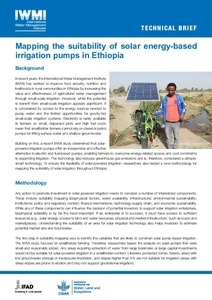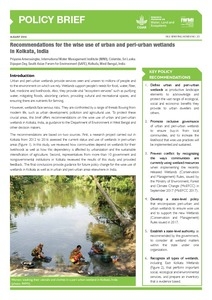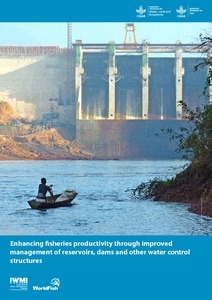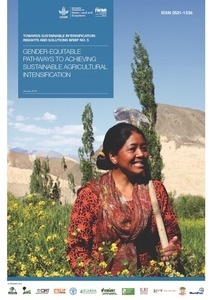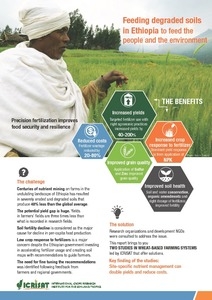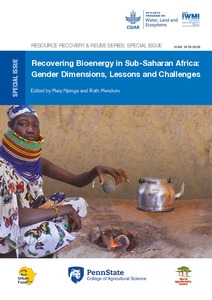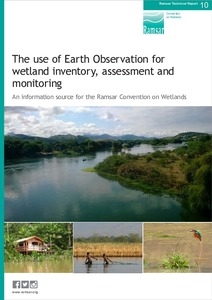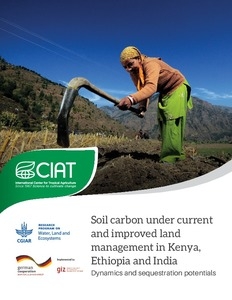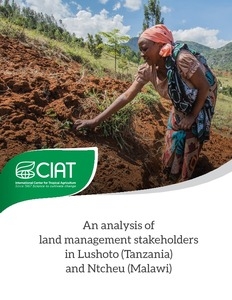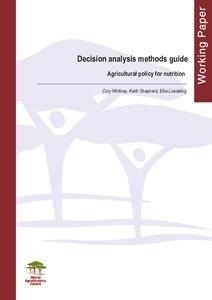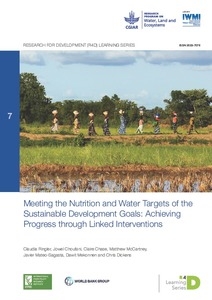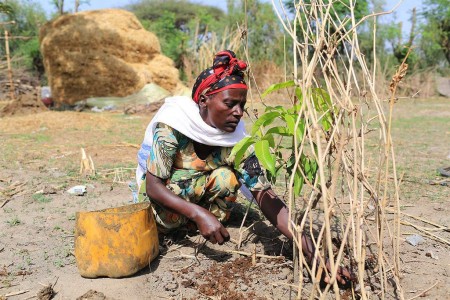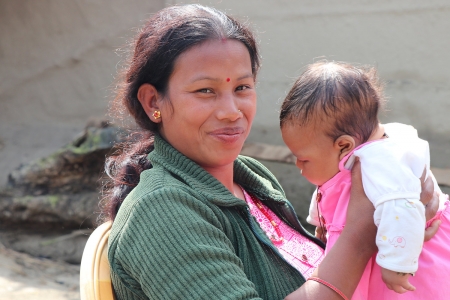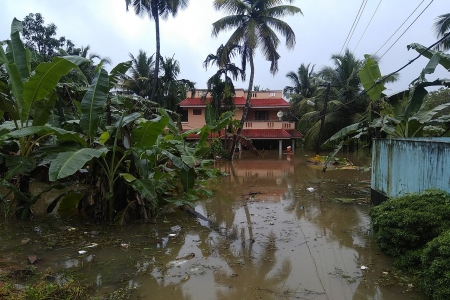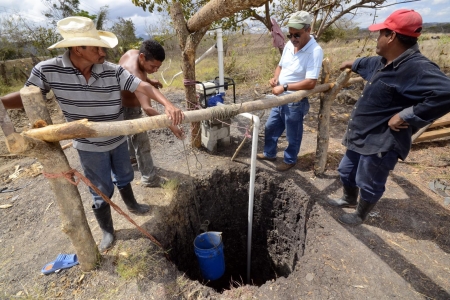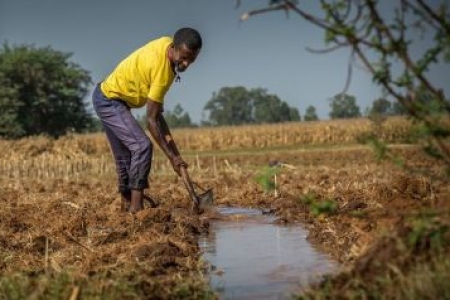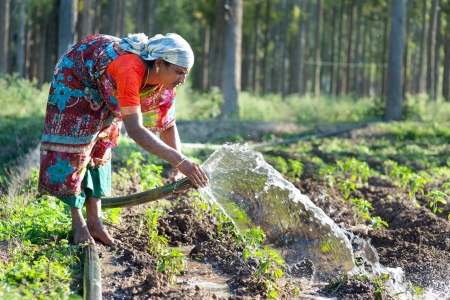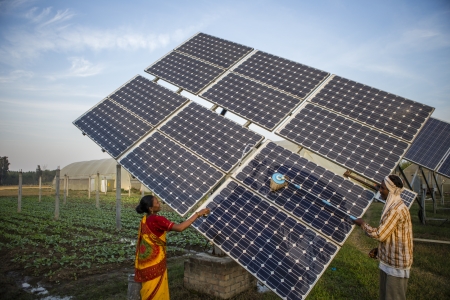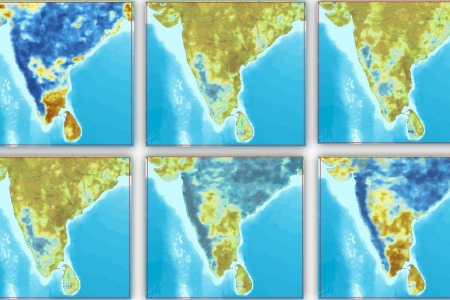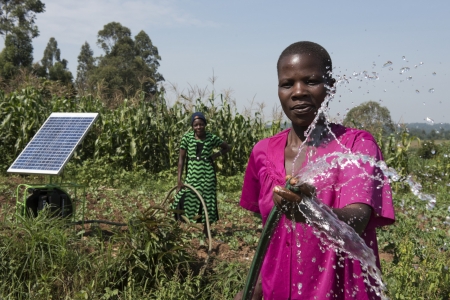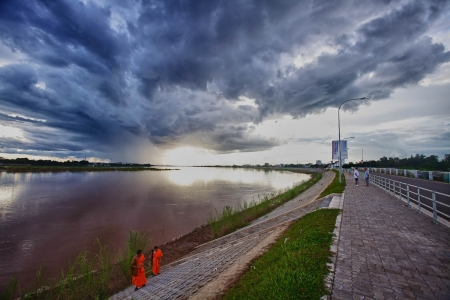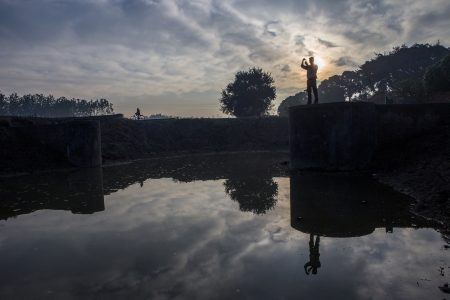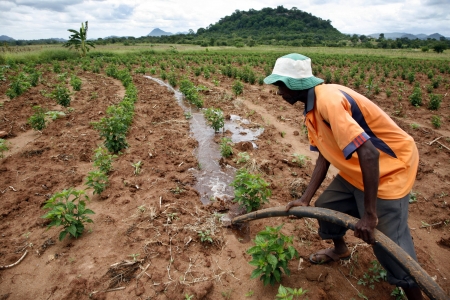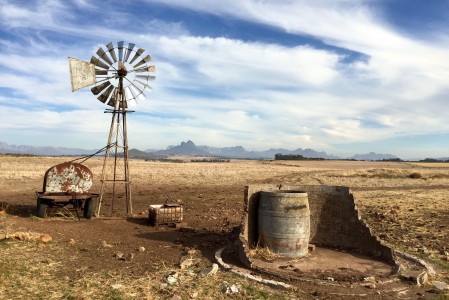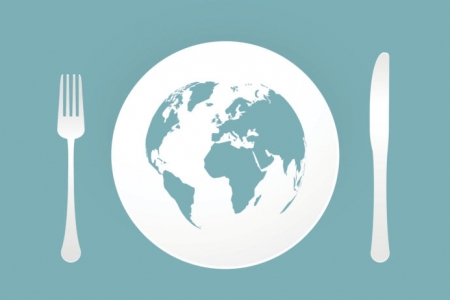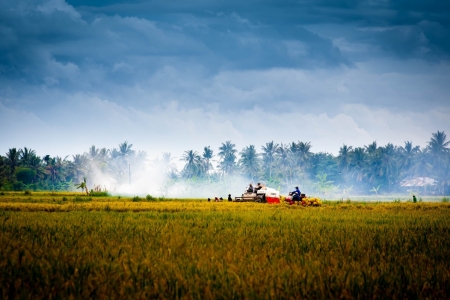The WLE 2018 Annual Report > Food availability

Massive Indian investment scales out solar irrigation: Co-op business model enhances groundwater and boosts incomes
Indian governments are tackling climate change and poverty threats through a major expansion of solar irrigation. And a key component of the rollout is a CGIAR Research Program on Water, Land and Ecosystems (WLE) business model that protects groundwater and bolsters income of smallholder farmers.
In 2018, the government of India formally confirmed a previously announced plan for a national mega scheme to expand solar energy through a total investment of USD 16.4 billion, of which the central government will provide a 30% capital subsidy. The 10-year scheme aims to convert 7.5 million currently subsidized electric irrigation pumps to solar.
The scheme, KUSUM (Farmer Energy Security and Development Mission), promotes the Solar Power as Remunerative Crop (SpaRC) business model, in which farmers form co-ops to sell surplus power back to utilities. The sell-back option provides incentive to use energy and groundwater judiciously.
This model was first developed in 2016-17 by WLE, the CGIAR Research Program on Climate Change, Agriculture and Food Security (CCAFS) and the IWMI-Tata Program (ITP). The KUSUM announcement followed further consultations between ITP and the Indian Minister of Finance.
The state of Gujarat is already rolling out the model. Gujarat has announced its own pilot investment of USD 120 million. The government of Gujarat estimates that sale of surplus power will double the income of participating farmers. At least seven Indian states are now also piloting the model.
Speaking of the model’s potential, Diego Senoner, technical expert with the Indo-German Energy Program, stated that, "a well-designed KUSUM policy is important for India to secure sustainable development of agriculture, maintain food security and safeguard groundwater during times of changing climatic conditions."
Based on India’s experience to date, further rollout is expected to 1) introduce clean energy for irrigation and lower emissions; 2) build smallholder resilience by increasing productivity, food security and incomes; and 3) improve the financial sustainability of utilities.
In the past, irrigation expansion in India has brought about several challenges that switching to solar-powered pumps can mitigate. Notably, subsidies for fuel and electricity have led to over pumping and groundwater depletion. Providing subsidized electricity to farmers has even bankrupted some electric utilities.
On the other hand, when the SpaRC model was first piloted, the results were impressive: Farmers’ incomes doubled, mostly from the sale of excess power, but also due to reduced pumping costs.
The model is now attracting attention from outside of India: With the support of WLE and the Swiss Development Cooperation (SDC), IWMI has initiated a long-term regional partnership to promote solar irrigation in India, Pakistan, Nepal and Bangladesh. WLE will also disseminate SPaRC lessons to countries in sub-Saharan Africa and Latin America.
Agricultural challengesare meetingtheir matchWLE 2018-19 Research Highlights
Finding the right solutions puts sustainable agriculture within reach
Sustainable agriculture faces a constellation of ever-shifting challenges. Our world’s population grows toward ten billion, but there is now indisputable evidence of multiple serious social and environmental impacts caused by current agricultural and food systems. We are fast approaching our limits.
Play the Sustainable Agriculture Match GameClick two cards. If the pictures match, the WLE solution will pop up! If not, try again with two more cards
Planetary boundaries
Food systems are a major driver of the unsustainable use of the planet’s increasingly fragile ecosystems. Water, land, forests and the biodiversity are precious, yet finite, natural resources. Current trends show that we are pushing the limits of what Earth can handle. How can we transform agriculture so that it's no longer part of this problem, but part of the solution?
Ann Tutwiler (CGIAR Research Program on Water, Land and Ecosystems (WLE))Board Chair
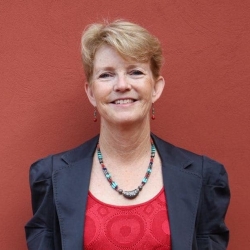
WLE is establishing a commission to convene global experts on sustainable intensification of agriculture. These experts will bring together years of research by WLE, our CGIAR partners and other science institutions to synthesize the best policies, economic incentives, tools, technologies and practices as well as lay out a roadmap for a sustainable and equitable food future.
Step Aston (One Acre Fund)Director - Agriculture Research
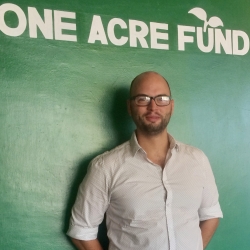
Access to reliable, large-scale, low-cost soil data is an important part of our efforts to develop more locally tailored soil fertility management recommendations and monitor the long-term impacts of our programs on soil health. To date, our soil lab has processed 50,000 soil samples, deriving insights to inform program strategy and decision-making in six countries. This effort would have been cost-prohibitive were it not for the technological breakthroughs and support delivered by the soil-plant diagnostic laboratory.
Food availability
Population growth, demographic shifts, dietary change, climate change and environmental decline challenge everything we know about how to grow and share food. Yet, food production must increase – some estimates say by 50 percent globally, and by almost 100 percent in Africa and Southeast Asia by 2050. But it’s not only about increased production. Better, healthier and more nutritious food is needed too.
Diego Senoner (Indo-German Energy Program)Technical expert

A well-designed KUSUM (Indian solar pump and grid-connected power plant scheme) policy for solar-powered irrigation is important for India to secure sustainable development of agriculture, maintain food security and safeguard groundwater during times of changing climatic conditions.
Marcela Quintero (International Center for Tropical Agriculture (CIAT))Agroecosystems and sustainable landscapes research area director
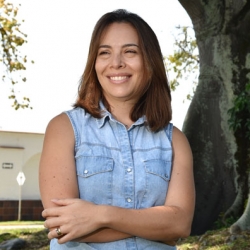
This data platform for improving water management demonstrates the potential that alliances between research centers and development agencies have to generate products that provide concrete solutions to real problems in agriculture. Likewise, these partnerships allow technical and scientific products to reach end users faster.
Equality of opportunity
In this era of planetary degradation, the world’s poorest and most marginalized often bear the brunt of the burden, losing livelihoods and opportunities. This can drive conflict and migration. With men increasingly leaving rural areas, women are playing a greater role in agriculture, but are still often marginalized and lack access to decision making and resources. At the same time, the sector offers fewer viable jobs to youth. Solutions are only sustainable if they are also equitable.
Abdullaeva Uguloi (Water user association of Obchakoron District, Halivad Jamoat, Tatjikistan)Head of WUA
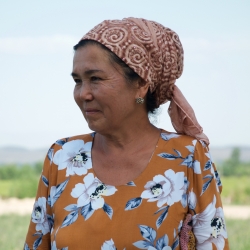
All water user associations should be headed by women. There is so much work, especially at the beginning, but you have to balance so many tasks, and you cannot give up. Women are more likely to overcome barriers. You have to be happy to always be working. Women are much better at this than men.
Miriam Otoo (International Water Management Institute (IWMI))Research group leader for resource recovery and reuse
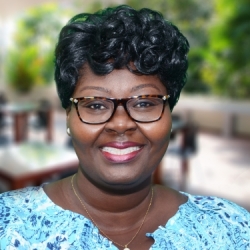
The business of safe recovery of water, nutrients and energy from domestic and agro-industrial waste offers significant opportunities to generate economic and social benefits to women and unemployed youth, especially in developing countries. These entrepreneurs, however, face high market entry barriers due to a lack of social networks, specialist skills and capital. It is therefore important to identify appropriate business training for youth or women entrepreneurs, tailored to their specific needs and capacity gaps under each unique geographical context.
2018 Publications highlights
WLE in the news
Thrive Blog Highlights
WLE is grateful for the support of CGIAR Trust Fund Contributors, including direct support from
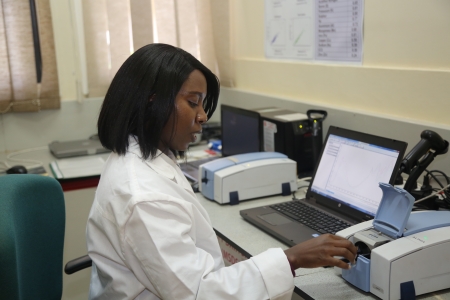
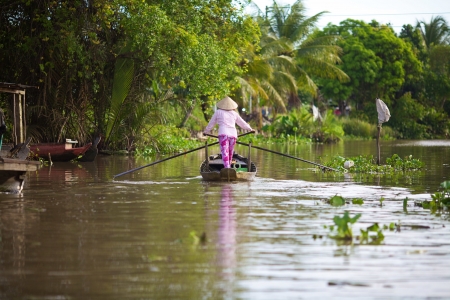
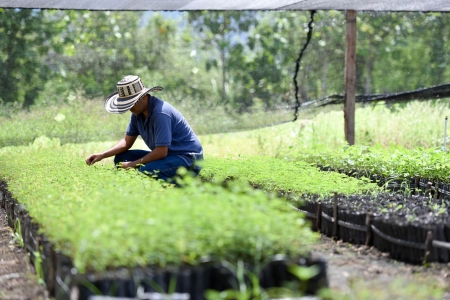
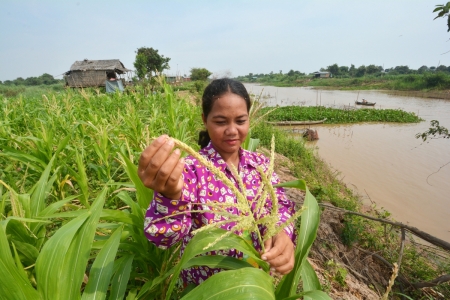
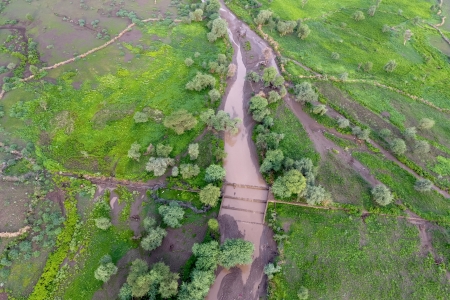
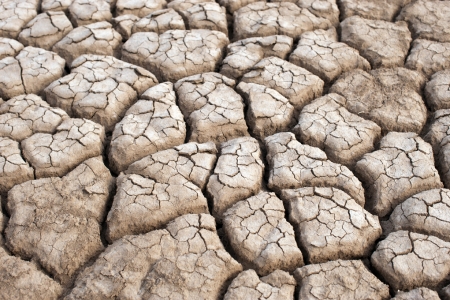
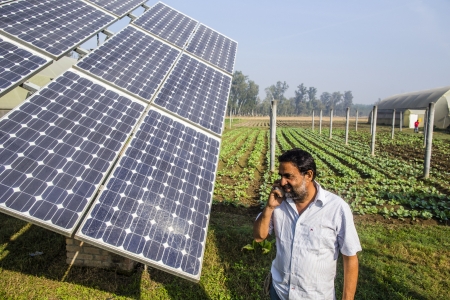
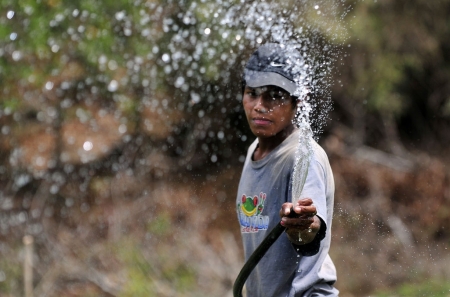
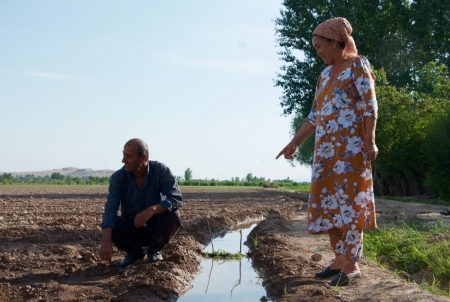
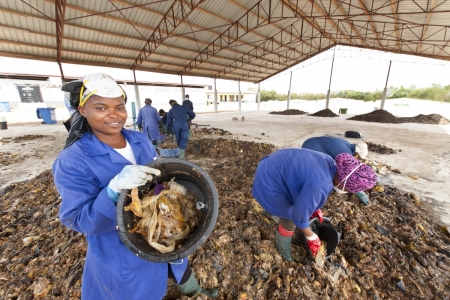
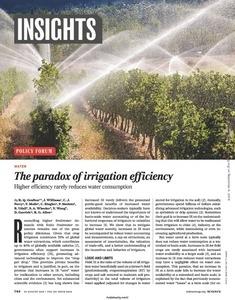
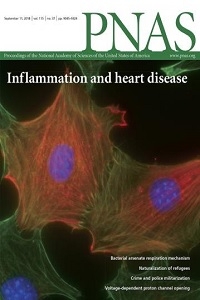
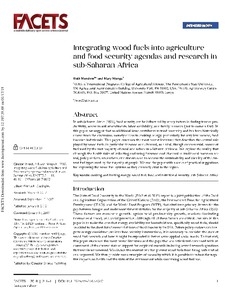
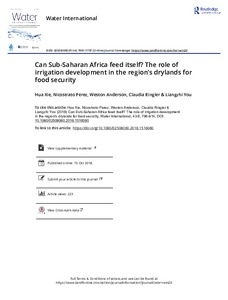
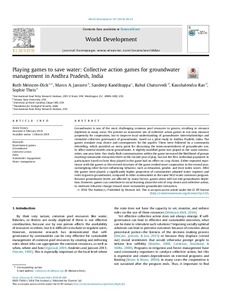
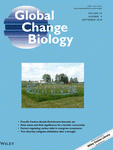

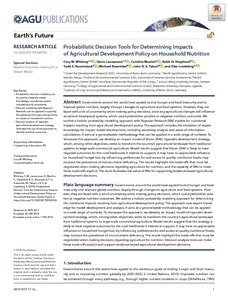
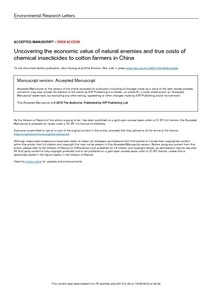
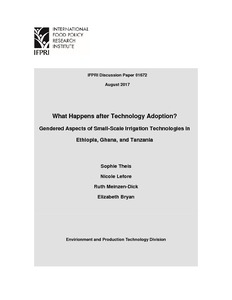
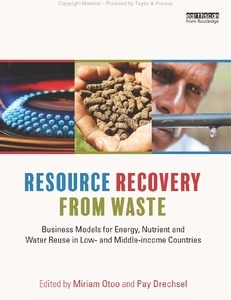
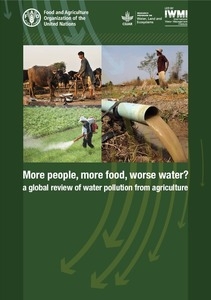
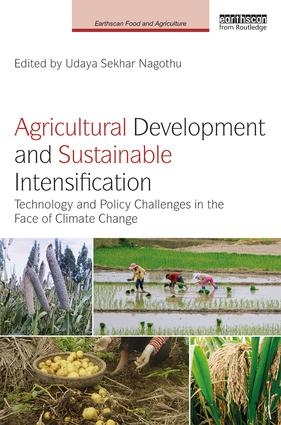
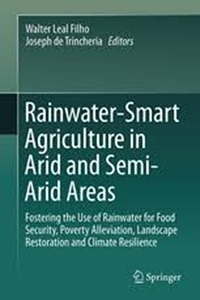
.pdf_/index.jpg?itok=1PqCyZYF)
